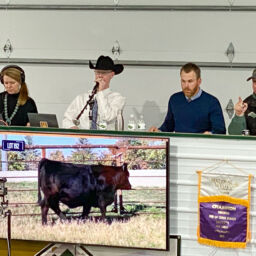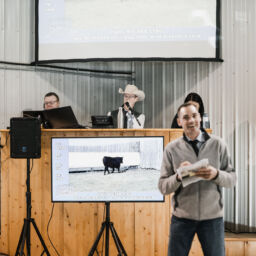When we drive away from the dealership, it’s expected our new vehicle purchase is insured. To take out any type of mortgage, you better bet the banker wants to see proof of insurance beforehand.
We make purchases both to enjoy a certain value of life and to also increase our chances of generating more income. Bull purchases serve as the later, but life is full of risks. Animals pose an even greater risk than most items of value on our farm or ranch.
Bull prices have gone up considerably over the last decade. As with all farming and ranching, it’s imperative to make more money off less, thus cattle breeders across North America have found value in higher quality bulls to raise more efficient, higher producing cattle.
There are a few ways to insure these bull investments:
- Insurance Policy
- Semen Collection
- Offspring
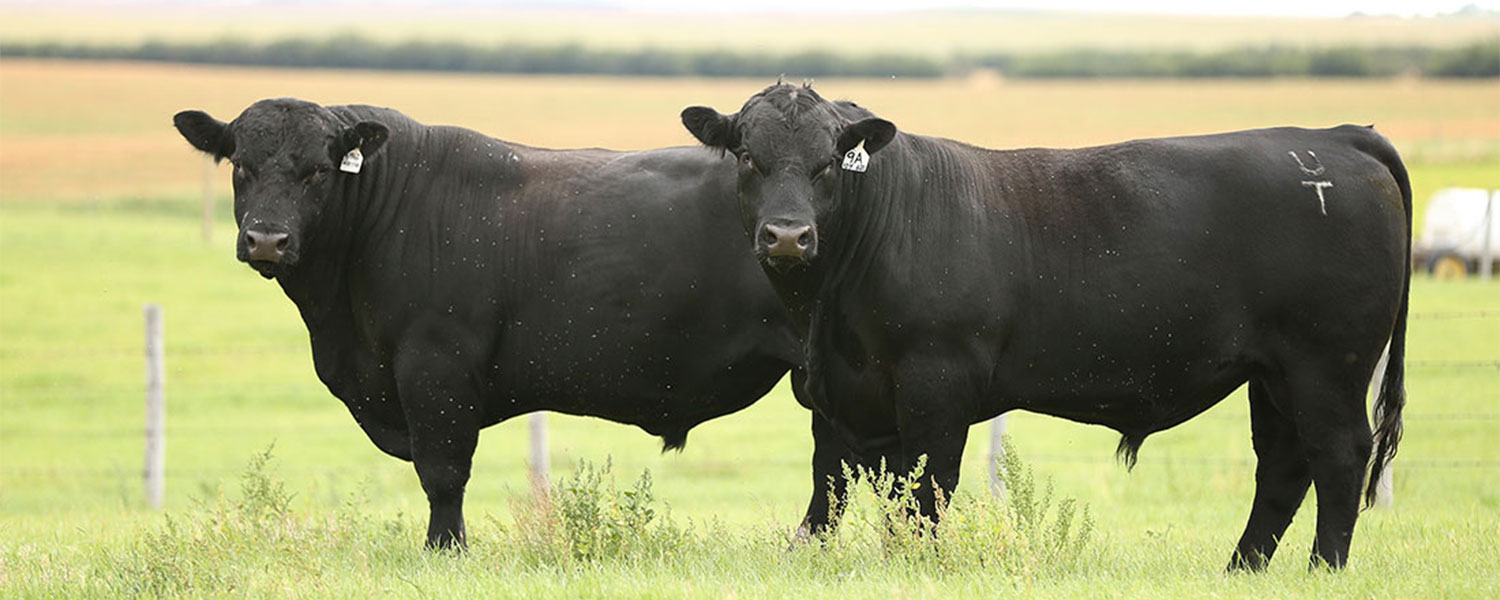
INsurance Policy
If an animal was injured from natural disasters like a blizzard or lightning, injured a foot and could not travel or had a disease and could not produce, the breeder would take a big hit to their bottom line if they didn’t have an insurance policy.
In this case, it makes good sense to transfer this risk to someone else. Accidents happen. No matter how closely producers watch and care for their animals, weather and other things out of their control still exist.
Adding infertility coverage for at least the first breeding season can protect investments, especially on higher valued bulls. If a bull isn’t breeding cows, they are simply no use to the farm or ranch anymore. Most often, environmental affects beyond our control influence a bull as a breeder.
For those things not covered by insurance, the Breeder’s Guarantee, set out by the certain breed associations of purebred livestock, provides protection for those buying purebred bulls. This does not include environmental impacts, carelessness or accidents out of our control.
Herd coverage is another option for insurance, but this is a broader form of coverage and can increase your premiums or deductibles if several bull claims are made. Placing bull insurance coverage separate from farm or broad herd coverage is in the better interest of producers.
SEmen Collection
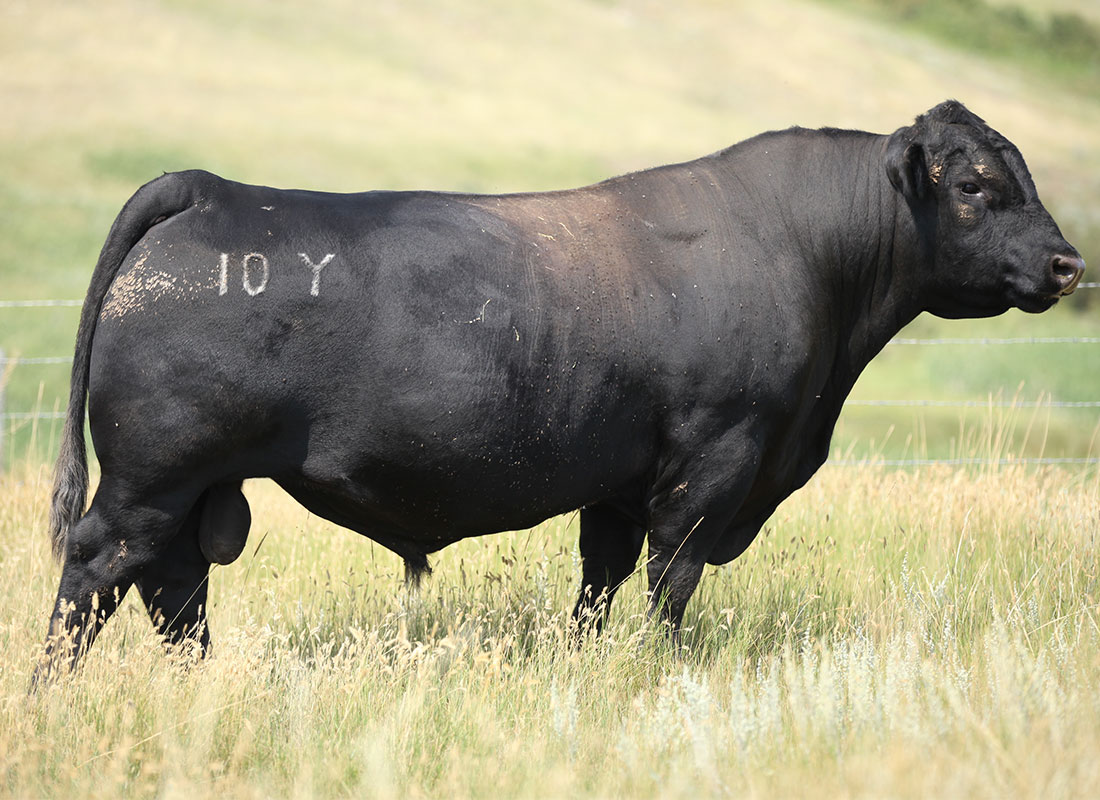
Some high-valued bulls are sent for semen collection as soon as they are purchased. This serves as a layer of protection once there is ample semen in the tank if something were to happen to the bull. There is still risk of transporting the bull and injury at the collection facility, so a shorter-term policy may be the route to go in this case.
If the purchaser is needing the bull to collect for their bottom line, there is infertility coverage, which includes an addendum for freezing so many doses of semen. This can serve as excellent coverage that first year until a justifiable amount of semen is in the tank.
It is important to remember when transporting and housing high-valued bulls, trucking and semen collection companies do not provide insurance coverage if something happens to your animals while in their care, or not to the value of what you paid. Sometimes there might be compensation at a market price value but almost never at a value above that.
Many producers only find value in insuring bulls for one or two years. As a general rule of thumb, consider how many progeny you have off your bull. If it’s significant enough you can afford to loose them if something happened, then insurance might not need to be renewed. If loosing a bull after the first year would cause a critical financial lose to your operation, renewing your insurance for another year is of much greater value than paying 85% or more for a brand new bull.
Mitigating Loss
While the cow herd is the base for all operations, the bulls are some of the greatest investments to keep an operation moving forward. It’s important to manage bulls with the utmost care after heavily selecting and investing in their genetics.
Body condition score (BCS) and nutrition are some of the key factors in mitigating loss, especially when it comes to their ability to breed. Yearling bulls are most commonly found at purebred bull sales, and while it is great to obtain the newest breeding piece, they do need special attention as they continue to grow. Making sure young bulls have adequate nutrition to keep growing and maintain their BCS is key.
Proper trace minerals and vitamins are vital to proper sperm production. Vitamins A and E, selenium, copper, zinc and manganese serve as cell protectors and prevent damage to sperm from stress.
Another thing to consider is proper facilities. Having lots of room to exercise and spread out is a good idea for a group of bulls. They need to keep an athletic condition, so placing water, supplements and feed far apart can help create distance that the bulls must travel everyday. Just like an athlete needs to stay in shape, keeping bulls healthy and active serves in a breeder’s best interest.
Water is the single most important nutrient for all animals. Making certain a high-quality water source is always available should be at the top of every producer’s mind.
Lastly, a proper health program can serve any producer well. A veterinarian-client-patient-relationship can be one of the top resources an operation will use. Keeping cattle in optimum health and preventing infectious diseases from entering the herd is essential.
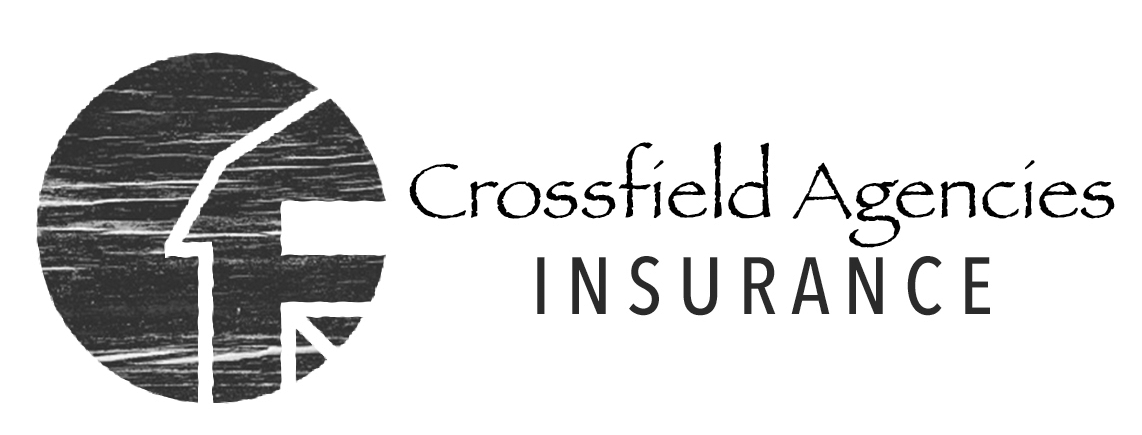
Agent: Cassie Dorran
Insuring livestock for Alberta, Saskatchewan and Ontario producers! Visit us online to learn more about insurance options for your most valuable livestock.



